The raw material used for the construction of houses, and the roads themselves, is basalto, a stone that comes from Etna, which is one of the most resistant layers and formerly used in construction.
The footprints of the people who inhabited this territory are still visible, like the Greek-Roman ruins, preserved in their original status and admirable in the city center, for lovers of good old food, the essence of this city is found in the ancient markets, where merchants display their goods jealously valuing the products of the mother land of Sicily, and in small fry shops that make food according to ancient culinary traditions.
Catania is a very big city and full of historical attractions, nightlife and much more, but here are 10 things that must certainly be taken into consideration during your stay (those that I think are most valuable and focus of what has been and continues to be this city):
10 - Ursino Castle
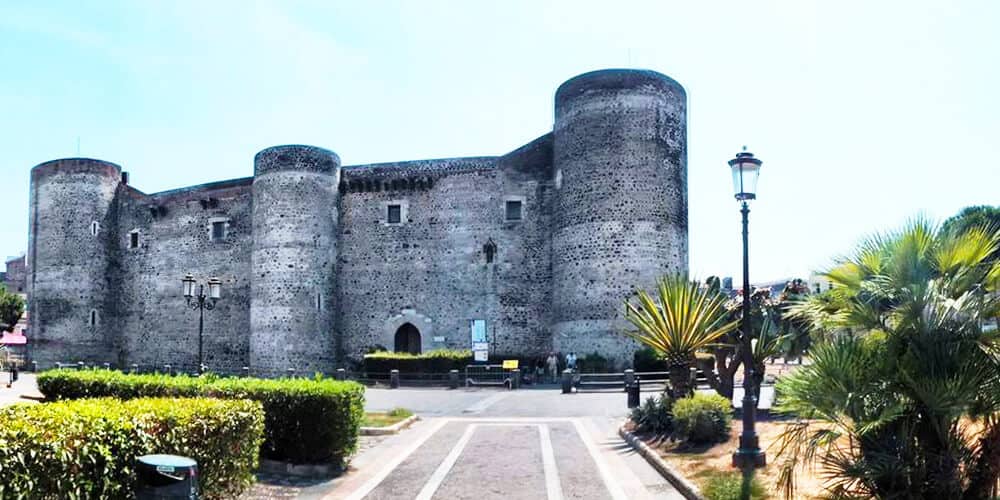
9 - Piazza Duomo
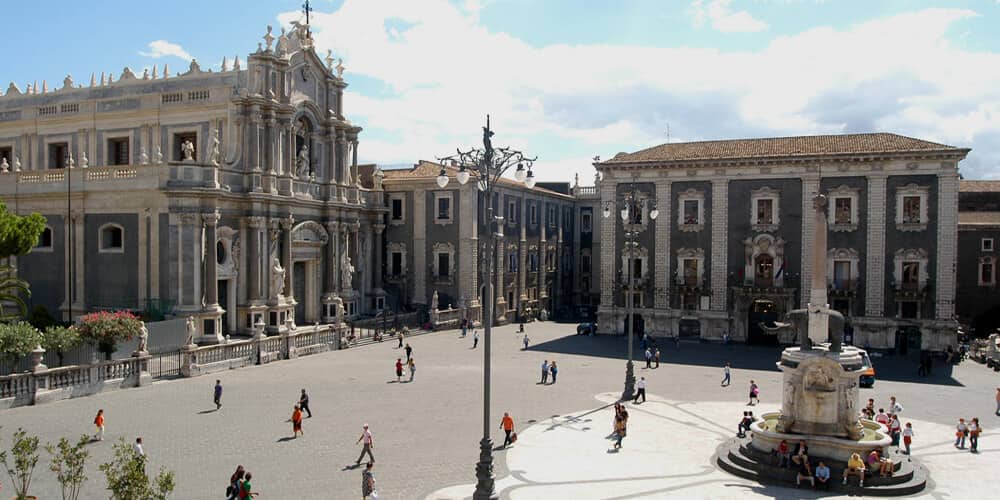
8 - Horse meat
7 - Benedictine Monastery
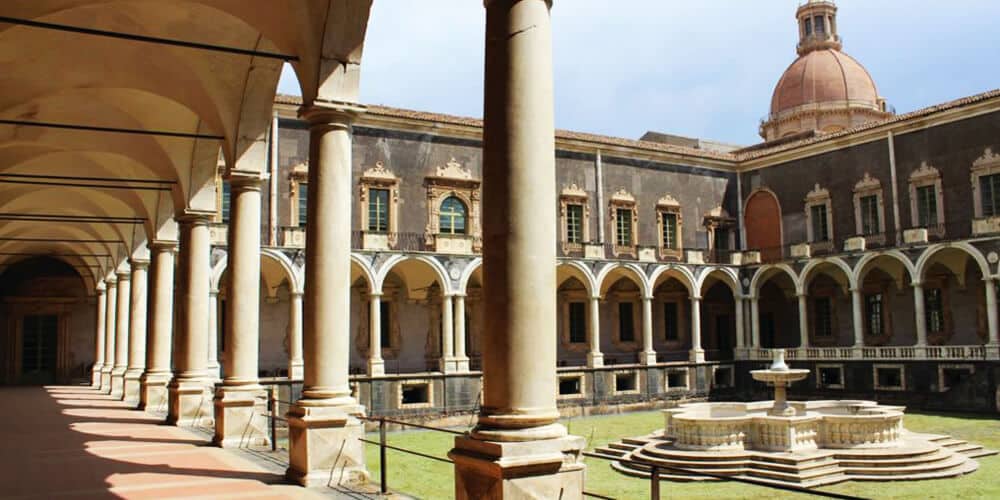
Integrated as a whole, we find the Church of St. Nicholas, or formerly known as St. Nicholas of the Arena (so named for the devotion of the monks to St. Nicholas of Bari) built after the eruption of 1669; you can visit the interior to admire the majesty and characteristics of the Renaissance, a fundamental pivot in the history of this city.
6 - Street markets
by every tourist, which enhance the flavours of the earth and with a price accessible to all.
5 - Etna
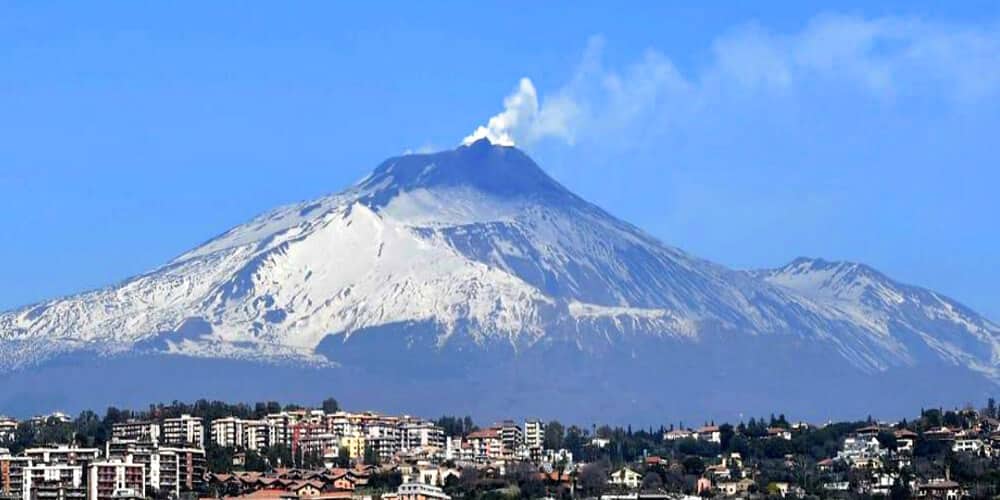
4 - Greek-Roman ruins

In Piazza Stesicoro, bordered by a fence, we find the Old Roman Amphitheatre built around the second century, in the area that was once used as a Necropolis. In ancient times it was buried by various destructions and brought to light after the excavations of 1903; most of the city walls were built with material taken from the Amphitheatre.
In via Vittorio Emanuele we can find the Greek Theatre, dating back to 415 BC, made of lava stone and facing the sea. It was made for theatrical performances, such as tragedies and comedies, and characterizes an important piece of history and culture of the city (formerly known as Katane, a name purely originating in the Greek tradition). The theatre can be visited in all its splendour, as most of its original structure has remained intact.
Recommended for lovers of history and archaeology before Annus Domini.
3 - Etnean villages
The peculiarity of the structure of these countries, including Catania, is the use of lava stone for the construction of roads, walls and homes themselves, we can see in the historical architecture the prevalence of two colours, the red that represents the red sand, a stage of backward lava stone that owes to its colour thanks to the loss of gas inside the stone, then crumbly and malleable, and the black stone known as Basalt, very durable and suitable for construction.
This landscape of intertwined hills and slopes, is due to the influence of the
of the volcano, which with its past eruptions, has formed a sequence of mountains of eruptive-plastic nature, known today as Etnean hills.
For those who want to have a panoramic of this volcanic territory and see it in all its forms, it is a must to visit these villages, also full of history and majestic Baroque architecture.
2 - Via Etnea
Halfway down the main street, Villa Bellini, is a peculiar garden on two levels; it boasts of its green spaces and the presence of numerous statues of Catanese artists, an immersion in botany and history.
We can also find numerous bnb, hotels and holiday homes, mostly chosen by tourists for their strategic location.
If you are interested in nightlife, Via Etnea is definitely the place to find good food, good wine and many places in the city.
1 - Church of St. Agata
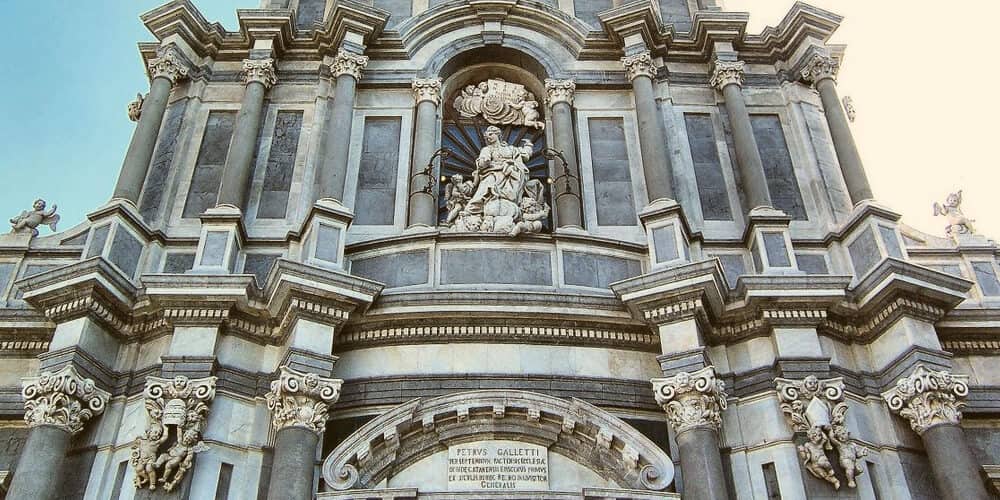
her Christian faith. The presence of ecclesiastical buildings is due to the Catholic religion, important for the people of Catania, as in the past boasts a long and dated history of Christian culture and martyrdom.
The Saint is celebrated every 5th February, with a suggestive procession behind the statue, a moment to honour her memory and to pray.
This celebration is also known by many, lasts 3 days and is an important role from the Christian point of view but also for its festivity, aimed at celebration and pleasure.
About the author
Written on 07/02/2019


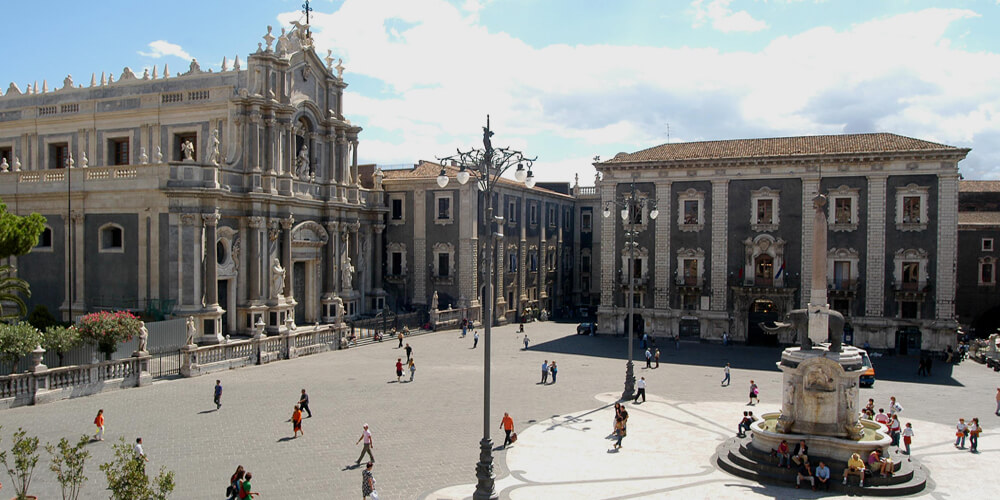
Simona La Croce